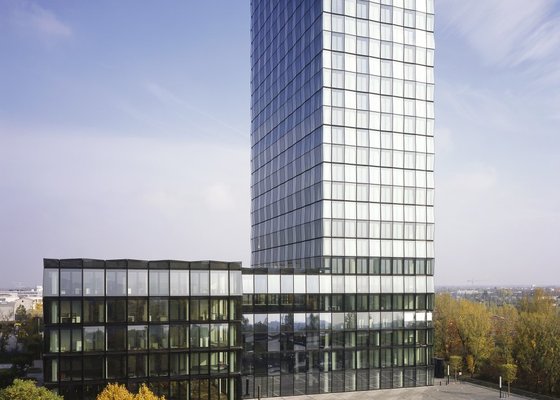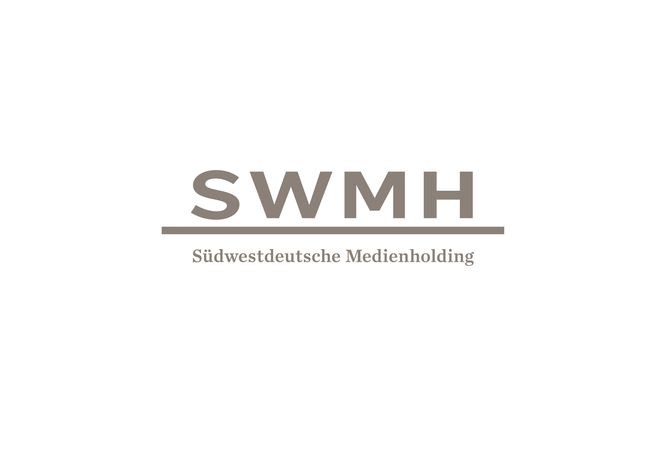The filing solution was introduced at the same time as the switch to SAP SuccessFactors. With the exception of payroll accounting and time management, the publishing house organizes most of its HCM processes with SAP’s cloud-based HR solution. The parallel changeover made it possible to design integrated processes from the outset and avoid data silos. Marie-Christin Weller, HR Business Partner at SWMH subsidiary Süddeutscher Verlag GmbH: “Although digital employee files are not a mandatory requirement for working with the cloud-based HR solution, they are a crucial logical step. Continuing to work with paper files is theoretically possible, but it doesn’t make sense.”
Configurable to individual needs
In the first step, SWMH had just under 1,500 of the total of over 4,500 existing files digitized, selecting those from the Süddeutsche Zeitung and specialist information divisions. During the file implementation process, the solution’s adaptability proved to be a major advantage. For example, the project team had specific ideas about the file structure, what the file headers should look like, and how roles, permissions, and deletion periods should be configured. “We don’t have to make do with a standard solution here; we can integrate our specific requirements into the software,” says Marie-Christin Weller, adding: “The digital file was one IT change that we didn’t have to promote heavily among our HR staff. The advantages are obvious and the feedback has been consistently positive: intuitive usability, documents that are always up to date, access from anywhere.”
In the days of paper-based work, up-to-date information could not be guaranteed. Time and again, piles of documents accumulated that had to be filed away in spare moments. Now that documents from SuccessFactors – as well as incoming correspondence (still in paper form via scan) – are stored directly in the digital file, everyone can be sure that it is always up to date.
Addressing data protection concerns
Until the system went live, internal coordination with the group works council was a challenge for the HR team during the file introduction phase. This involved discussing concerns about the digitization of sensitive documents, their storage in the cloud, and thus data protection in general. A sensible approach had to be found for the storage of former employees’ documents, i.e., regarding the deletion periods.
The search function, which allows users to search a file for keywords, also prompted some critical questions. “You have to take these arguments seriously and find solutions jointly. Transparency and trust are crucial here,” summarizes Frederike Ertinger. “Even though the road was rocky, the result is positive: The file has gone live and is working.”
File access only for the HR department
Although Centric facilitates file access by employees and managers, SWMH has opted not to use this option. Even when paper files were in use, there were few requests from managers or employees in this regard. If necessary, file access is therefore managed via the lending function. In addition to Employee File, SWMH has also licensed Centric’s Document Builder and will soon be using it as well, after appropriate customization and configuration.





